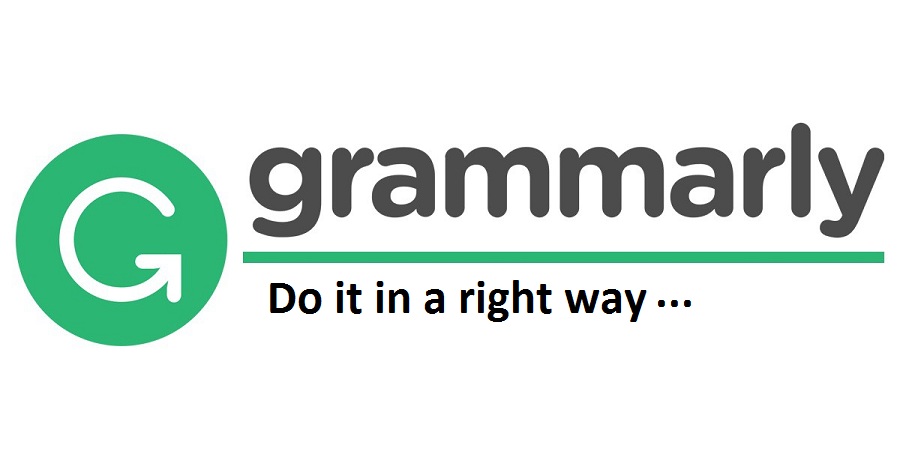Rancang Bangun Sistem Virtual Reality Nirkabel Berbasis WLAN
DOI:
https://doi.org/10.33795/jartel.v11i3.230Keywords:
Virtual Reality, WLAN, Video, Streaming, SmartphoneAbstract
Virtual Reality technology is one of the technologies that currently growing and gaining interest, due to its wide application potential in multiple fields. Virtual Reality is a technology that allows a user interact with computer as well as other users through a virtual environment that replicates natural human senses, in this case encompassing hearing and sight. This research would explore design, realisation, and analysis of a wireless Virtual Reality system based on WLAN, using widely available hardware that is smartphone device. Practical implementation with widely available technology is prioritised compared to overall quality provided by the system. Operating system used for the PC is Microsoft Windows 10, and for smartphone Android version 6.0.1 is used as base. XAMPP distribution is used as HTTP server on top of Windows operating system on PC. Stereoscopic/360 degree MP4 video format is chosen as streaming load. The designed Virtual Reality system is capable of using hotspot capability of a smartphone to perform streaming of stereoscopic video with 1080s and 720s resolution. The designed room dimension is up to 6x4 meter for a single transceiver configuration, and up to 6x8 for two transceiver configuration. These dimension limitation is based on -3dB signal power drop that occurs at 5 meter distance in the performed test, as such the furthest distance between a transceiver and a client must be within 5 meter
References
A. Amer dan P. Peralez, “Affordable altered perspectives: Making augmented and virtual reality technology accessible,” dalam Global Humanitarian Technology Conference (GHTC), San Jose, 2014.
Google, Inc., “Google Cardboard (I/O 2015) Technical Specification v2.0,” 2015. [Online]. Available: https://vr.google.com/cardboard/manufacturer. [Diakses 5 Maret 2018].
J. Postel, “"Internet Protocol - DARPA Internet Program Protocol Specification," RFC 791,” University of Southern California Information Sciences Institute, Los Angeles, 1981.
Downloads
Published
How to Cite
Issue
Section
License
Copyright (c) 2021 Muh. Dimas Ariyanto, Ahmad Wahyu Purwandi, Muhammad Abdullah Anshori

This work is licensed under a Creative Commons Attribution 4.0 International License.
















